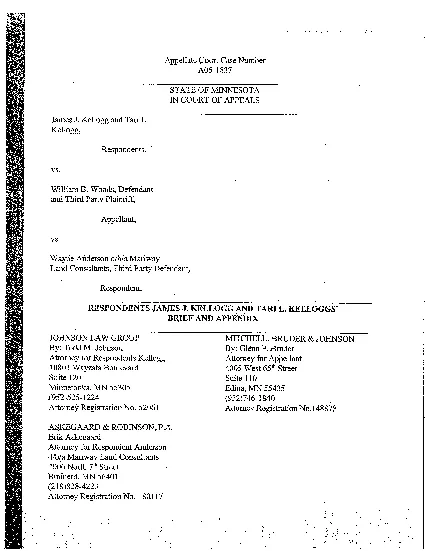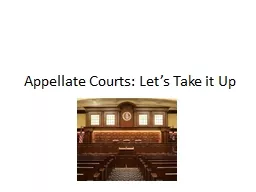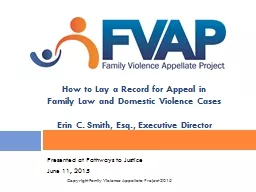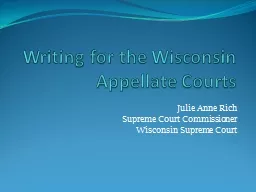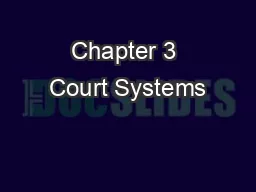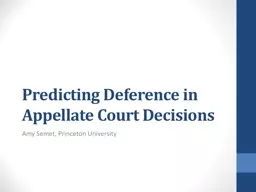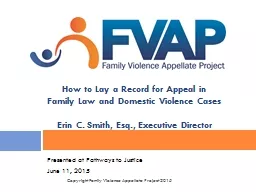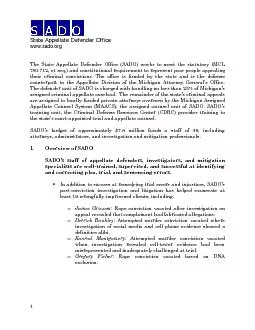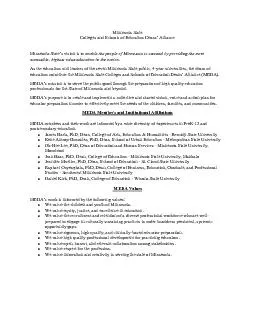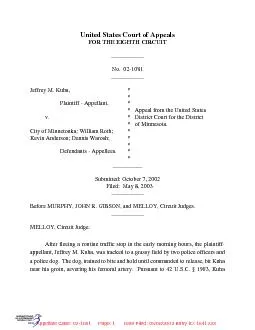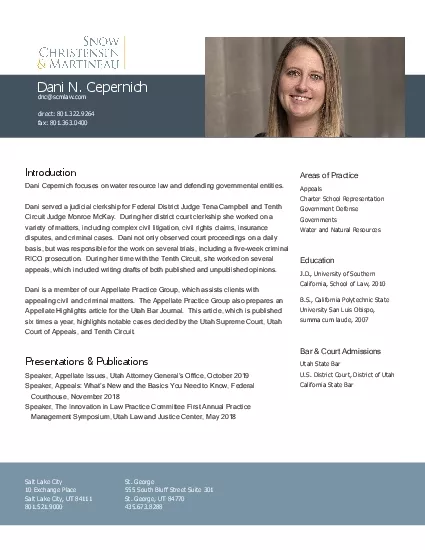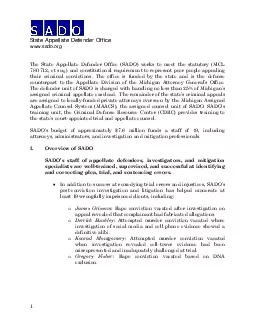PDF-Appellate Court Case Number A051837 STATE OF MINNESOTA IN COURT OF AP
Author : joyce | Published Date : 2021-08-08
3 7 ISSUES PRESENTED I Was the Trial Courts fmdiug that defendant Appellant knew or should have known
Presentation Embed Code
Download Presentation
Download Presentation The PPT/PDF document "Appellate Court Case Number A051837 STAT..." is the property of its rightful owner. Permission is granted to download and print the materials on this website for personal, non-commercial use only, and to display it on your personal computer provided you do not modify the materials and that you retain all copyright notices contained in the materials. By downloading content from our website, you accept the terms of this agreement.
Appellate Court Case Number A051837 STATE OF MINNESOTA IN COURT OF AP: Transcript
Download Rules Of Document
"Appellate Court Case Number A051837 STATE OF MINNESOTA IN COURT OF AP"The content belongs to its owner. You may download and print it for personal use, without modification, and keep all copyright notices. By downloading, you agree to these terms.
Related Documents

